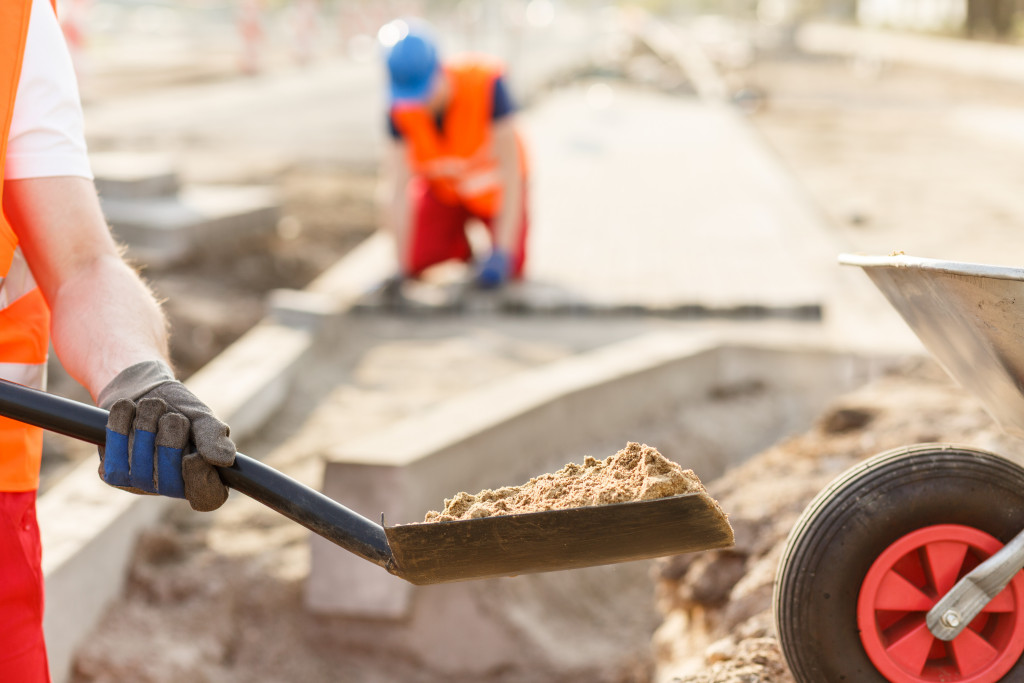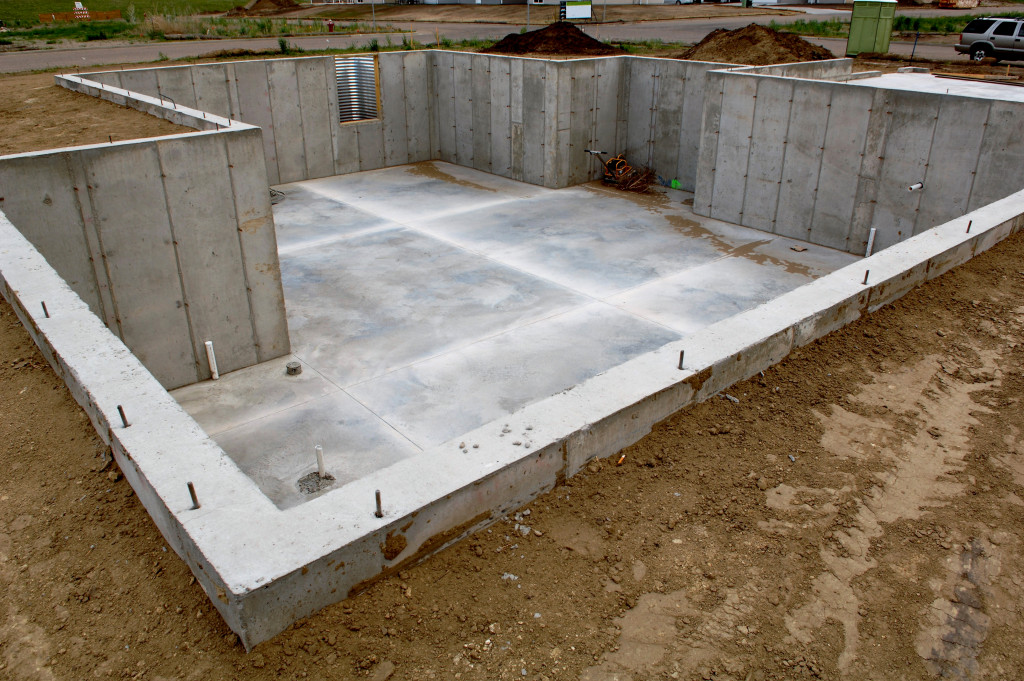Working on construction can be a dirty job. You are constantly dealing with different materials, equipment, and environmental conditions that can put your protected surfaces at risk. To keep your construction site safe and compliant, it is important to have a plan in place to maintain your protected surfaces. Here are a few tips on how to do just that.
Regular Cleaning and Maintenance
The first step in maintaining your protected surfaces is establishing a regular cleaning and maintenance schedule. This should include daily inspections of all surfaces to identify any potential hazards. Once a week, you should thoroughly clean all surfaces, paying special attention to any areas that may be more susceptible to wear and tear.
In addition to regular cleaning, you should also have a plan for dealing with spills and other accidents. Be sure to have the proper supplies on hand so that you can quickly and effectively clean up any messes. When it comes to the perception of your business, a clean jobsite is especially crucial, especially if you’re renovating or remodeling a home where the homeowners are still living. Many building and condo associations also demand that common areas be maintained throughout the project.
Enforce Safety Protocols
Another important step in maintaining your protected surfaces is to enforce safety protocols. This includes ensuring that all employees are trained to safely work around protected surfaces. It also means having the proper safety equipment, such as barriers and warning signs, to protect workers and visitors.
In addition to physical safety protocols, you should also have procedures for dealing with hazardous materials. This includes knowing how to properly dispose of waste and keeping track of all chemicals and other substances on the jobsite.
By adhering to safety guidelines, employees maintain their health and well-being. This allows them to do their job more effectively and creates a positive work environment and peace of mind, knowing they are less likely to get injured or fall ill at work. Fewer injuries and illnesses mean that employees can work more efficiently without as many setbacks. This often leads to higher productivity overall.
Use the Right Equipment
Another key way to maintain your protected surfaces is using the right equipment. When working with tools or equipment, it is best to put efficient jobsite surface protection systems in place to prevent damage. If you are using power tools or operating machinery, ensure proper shielding and guards are in place to protect your surfaces from flying debris or sparks.
Using floor mats or runners in high-traffic areas like corridors and hallways is best to protect the surface from dirt, dust, and paint. Carpet protection film can also keep carpets clean in busy areas.
Construction companies are required to comply with safety rules. The following are the five most important construction site safety regulations:
- Ladders
- Scaffolding
- Head, face, and eye protection
- Fall protection
- Hazard communication
To protect their employees, construction companies must take specific safety precautions, such as building guardrails, supplying harnesses and safety nets, and ensuring workers wear protective clothing.
Using the right equipment and following proper safety protocols can help maintain your protected surfaces and keep your construction site compliant. Planning and preparation can go a long way in ensuring that your jobsite runs smoothly and efficiently. In addition, always use caution when handling hazardous materials, and clean up any spills immediately.

Stay Up to Date on Regulations
It is important to stay current on all local, state, and federal regulations. This will help you ensure that your construction site is in compliance with all safety standards. Keeping abreast of changes in the law will also help you avoid potentially costly fines or penalties.
One of the most important requirements is the building code. Building codes are essential for ensuring that structures are safe and resilient. They help protect against fires, weak structural integrity, and unsafe wiring. Communities with buildings that follow current building codes have a higher degree of protection against these hazards and others.
Then there’s the construction lien. A construction lien gives suppliers, contractors, and builders the legal right to be paid for their work and the value of any goods and materials they purchased for a project. Because each state has its own lien rules, it’s critical to understand them. If you don’t, you could end up being liable for unpaid bills, which could put a strain on your business.
To stay up to date on the latest regulations, it is helpful to consult with an attorney or other legal professional who specializes in construction law. Doing so can help ensure that you are taking the necessary steps to protect your business and maintain compliance.
To Sum Up
You can help protect your construction site from costly damage and potential accidents. Taking the time to establish a regular cleaning and maintenance schedule, using the right equipment, and communicating with your team are all critical ways to maintain the safety of your construction site.

